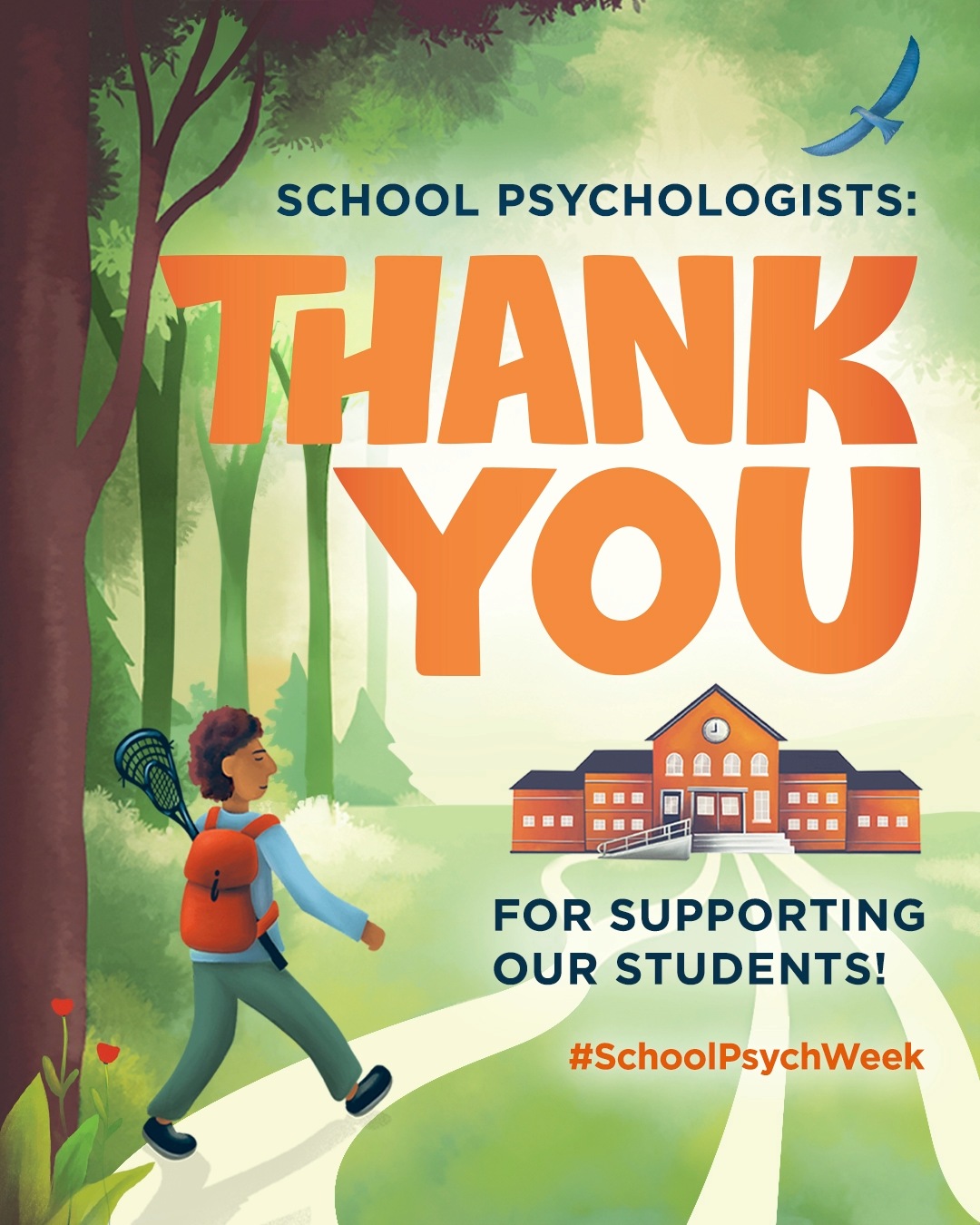Beyond falling leaves and blustery days, autumn brings National School Psychology Week, an opportunity to celebrate the essential role school psychologists play in the lives of students, families and communities.
This annual celebration, sponsored by the National Association of School Psychologists, will be held Nov. 3–7. This year’s theme, “Finding Your Path,” focuses on the many ways that school psychologists help students, families and school communities set and achieve their goals.
With training and expertise in psychology and education, and a broad scope of practice within the school setting, school psychologists are well positioned to support both students and educators. This year, with that dual mission in mind, the New York Association of School Psychologists published new guidance for its members on evaluating students for dyslexia and on effective reading instruction and interventions. Dyslexia is a learning disability that causes difficulty with reading, especially in word recognition, decoding and spelling.
Kelly Caci, a school psychologist and member of the Newburgh Teachers Association, helped write Evaluating for Dyslexia in the Schools, the new guide published by NYASP. Caci, a member of the NYASP executive committee, stressed that school psychologists, as integral and highly trained members of the school community, are in the best position to evaluate students for dyslexia. They are known and trusted by teachers and students, and they have the full picture of what students are facing at school, as well as awareness of any medical issues that might be affecting students’ learning.
As members of collective care teams — along with school counselors, school nurses, and school social workers — school psychologists are working every day to meet students’ needs, helping them through issues in the present, and preparing them for a bright future.
Said Caci, “We’re advocating for student success in school, and that leads to success in life.”


Evaluation by an outside practitioner, in addition to being potentially lengthy, costly and inaccessible to many families, is missing that “full picture” that comes from being present with students in the school setting.
The NYASP guide is intended to provide support for school psychologists in their evaluation of students and to address common misconceptions about dyslexia, namely that it is a “life sentence” for students, and that evaluations for dyslexia must be done by a practitioner outside the school setting. The guide also emphasizes the importance of the Science of Reading, effective, evidence-based reading instruction based on decades of research.
“It’s a systemic approach for advocating for what’s best for kids,” said Caci.
The NYASP guide builds on the work of a statewide task force convened by the Legislature in 2024 to create recommendations to help schools address dyslexia and dysgraphia, which is a learning disability that causes difficulty in writing. The task force’s final report, as well as NYASP’s guide, focus on supporting students K-5. To view the guide, visit: https://nysut.cc/Dyslexia.